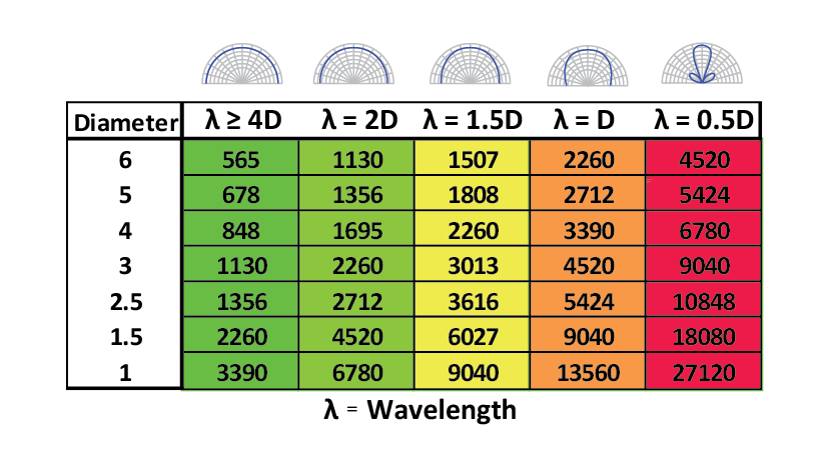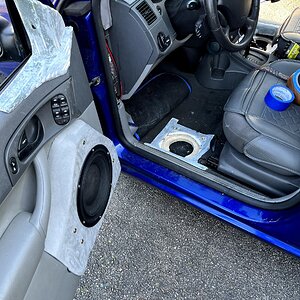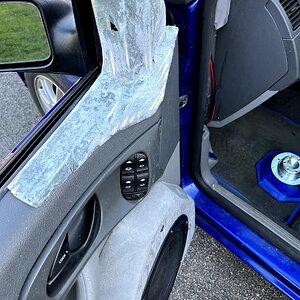Sguirrelfeather
Senior VIP Member
Did a lot of reading on this yesterday, and have come to the conclusion that as long as your crossovers are set properly for the size of your speakers, you can, for the most part, almost eliminate beaming. As such, many feel that makes aiming not quite as critical as it could be. So...on to my question.
I'm upgrading my setup to a three way in the front. I have 3/4 domes in the A-pillars which will probably remain where they are. I have 5 1/4" mids in the doors, and I have 8s I still need to install. I'm going to take a shot at making door pods for the 8s and 5 1/4s. Since I'll have the opportunity to aim them in a direction other than what the factory door would allow, I'm wondering what you guys would do. I've read about people aiming each side toward that side's seat headrest, others aim them for the driver's side headrest, and some align them so they meet in the middle of the car. I do have a HU I will be installing which can be networked, has time delay, and 13 band EQ. I'm sure eventually I'll probably just wind up playing around a bit until I like how it sounds, but am looking for input. Thanks!
I'm upgrading my setup to a three way in the front. I have 3/4 domes in the A-pillars which will probably remain where they are. I have 5 1/4" mids in the doors, and I have 8s I still need to install. I'm going to take a shot at making door pods for the 8s and 5 1/4s. Since I'll have the opportunity to aim them in a direction other than what the factory door would allow, I'm wondering what you guys would do. I've read about people aiming each side toward that side's seat headrest, others aim them for the driver's side headrest, and some align them so they meet in the middle of the car. I do have a HU I will be installing which can be networked, has time delay, and 13 band EQ. I'm sure eventually I'll probably just wind up playing around a bit until I like how it sounds, but am looking for input. Thanks!



